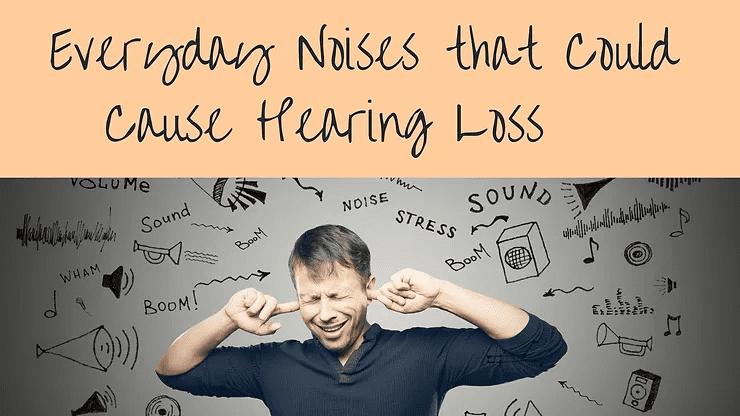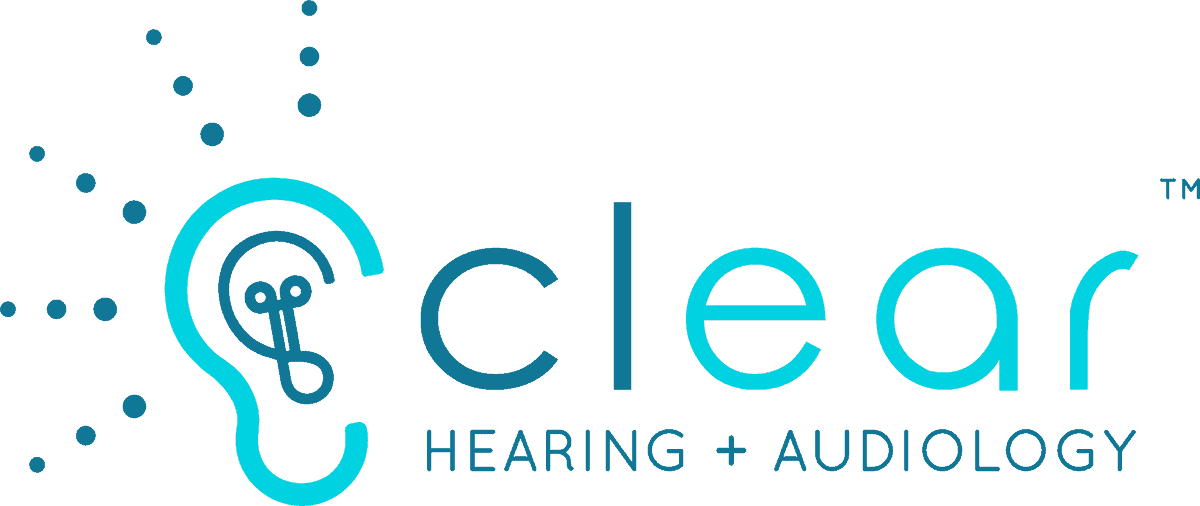
Our hearing is delicate, and hearing loss is often permanent, harming irreversible systems like the inner ear’s microscopic hair cells. We grow vulnerable to severe hearing loss as this damage accumulates over time.
Hearing loss can occur from various causes, including infection and injury. Still, the majority of it is caused by exposure to dangerous noise levels. Limiting our exposure to damaging sound is an essential step in maintaining our hearing.
Avoiding loud noises may seem obvious, but in a society that continues to get louder, it can be challenging to know the noise thresholds that can harm our hearing. Understanding how decibels work and how dangerous noise is assessed is an essential first step in recognizing and protecting yourself from sounds that might cause hearing loss.
Time to think in decibels
The decibel scale is used to measure the volume of a sound. The strength of a sound is expressed in decibels. However, they are measured exponentially, with a 10 dB difference equaling 10 times the loudness.
Consider the quietest sound your ear can hear to help you visualize this. This sound has a decibel level of 0 dB. A sound that is 10 dB is ten times louder than a sound that is 0 dB, while a sound that is 20 dB is a hundred times louder. 10 dB is about the same volume as human breathing, while 20 dB is about the same volume as a whispered voice. Normal human conversation is roughly 60 decibels, which is 1,000,000 decibels louder than 0 decibels.
According to the Occupational Health and Safety Administration (OSHA), workers must wear hearing protection if their work environment creates 85 decibels of noise, such as noisy factory machinery or industrial equipment. Those below 80 decibels have less effect on human hearing. However, sounds exceeding 80 decibels can cause damage to our ears. After 8 hours of exposure to 85 dB noise, permanent hearing impairment develops, which is why it is a threshold for workplace noise exposure.
The louder the sound, the less time you should spend near it
Our permitted exposure time to louder noises is inversely shortened since decibels represent exponentially louder sounds. While 85 decibels take 8 hours to harm your hearing, 95 decibels can inflict the same level of damage in less than an hour. Hearing damage can occur in 15 minutes or less at a volume of roughly 100 dB, which is comparable to a live rock concert or a tractor.
Fireworks, gunshots, and jet planes are examples of loud sounds that cause acute hearing loss. The eardrum can be perforated by sounds above 150 decibels. A sound that is 150 dB is a quadrillion (1,000,000,000,000,000) times louder than one that is 0 dB. Fortunately, most people’s lives do not include these loud sounds. Unfortunately, simply avoiding the loudest sounds does not protect our ears from harm.
Everyday noises that could have an impact
We are exposed to a wide range of sounds in our everyday lives, but some may have a more significant impact on our hearing than we realize. It might be challenging to notice sounds that exceed 85 decibels, especially if they’ve been ingrained in our daily lives. The ability to raise your voice above the loudness is a litmus test for judging whether or not a sound is damaging.
Noises from domestic appliances such as food processors, hairdryers, and vacuum cleaners are some of the most prevalent noises to be aware of. Operators of power tools and lawn equipment may be exposed to potentially dangerous sound levels. It is also common to wear headphones to listen to music on a smartphone device at loud volumes. When listening to music through earbuds or headphones, the volume might sometimes match your noise exposure during a live performance.
Transportation can also be an overlooked source of loud noise. Riders on subway trains and buses may be exposed to damaging sound bursts. A car ride on the highway with the windows down can assault your ears with wind noise, making quieter sounds unrecognizable.
Deafening sounds, such as gunshots, should never be considered safe for human hearing; if you know these sounds will be present, always wear hearing protection.
Many people experience sound as uncomfortably loud when it reaches 75 decibels or above, yet others appear unfazed. Whether or whether the sound bothers you, it can cause harm to your hearing. If you want to know where your noise levels are in your daily life, you can use a smartphone app to track your noise intake.
Monitoring Your Hearing Health
Are you concerned about the amount of noise you’re exposed to in your daily life? Do you want to know if you need hearing protection or if you can test your present hearing abilities? For a consultation and hearing test, contact us today.
